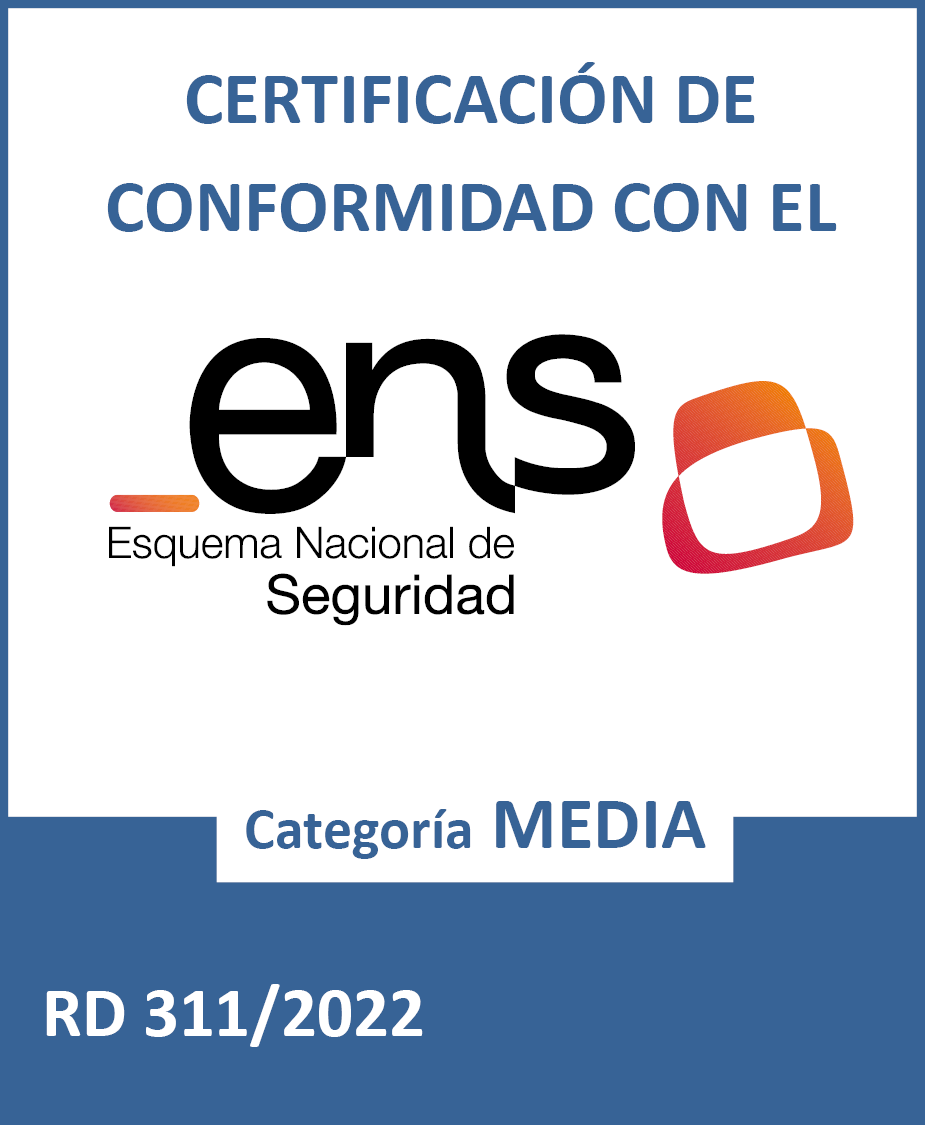
Port of Maó now open to larger ships following successful completion of APB dredging project
Maó
24/07/2014
The aim of the Port Authority of the Balearic Islands (APB) to improve depths in the commercial port of Maó has been met, thanks to the dredging work that got underway last March. As a result of this project, the Minorcan port is now safer for vessel navigation, and can cater for ships up to nine metres deep.
The general dredging work and discharge into the sea of dredged materials ended on 4th July. The operations to extract the last moderately contaminating dredged material and discharge it at the Cós Nou quay were concluded on 12th July. It is estimated that around 20,000 cubic metres of dredged material has been transferred to the Es Milà landfill site. During the dredging, no work accidents took place.
Archaeological and environmental checks
Around 9,000 archaeological pieces were recovered during the work, 4,000 of which will be sent to the Minorca Museum over the next year to be processed. The remaining pieces, which are of lesser archaeological interest, have been returned to the sea bed, in a monitored area of the port.
During the dredging work, no dumping into the sea was carried out whilst there was a possibility of marine currents carrying the dredged material towards the coast. This was achieved thanks to the installation of a current meter and the use of a system which constantly informed the dredgers of the ocean current conditions. This and other actions were part of the Environmental Watch Plan (PVA), which was supervised by the Spanish Institute of Oceanography.
The APB has temporarily maintained a link on www.portsdebalears.com to the website created specifically to monitor the dredging work at the Port of Maó, which has enabled visitors to follow the schedule and progress of the main aspects of the work, read the reports drawn up in the PVA, view the geographical position of the vessels used to transport the dredged material to the authorised discharge point, and monitor all the documents that have been posted on the website and updated as the work progressed.







